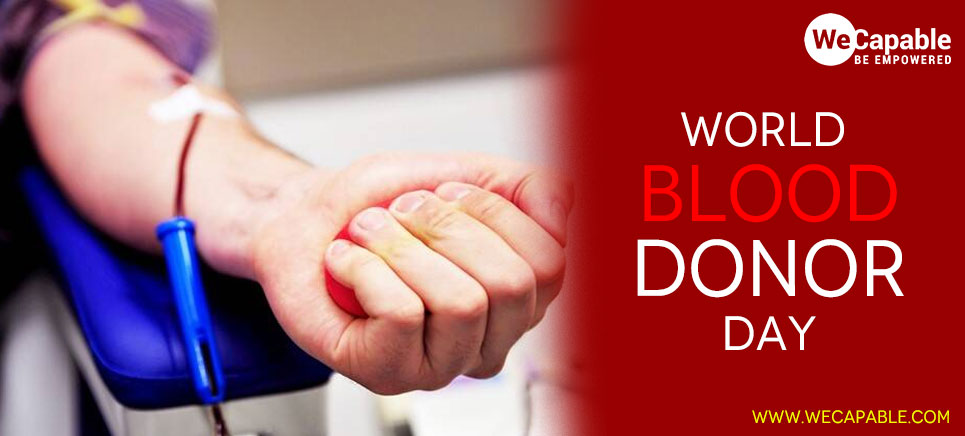

Whatever materials it may be, it is preferred you create a box to live in for the passing time. If you're in a base, you will still need to hide. Employees do less damage, but hit you faster than usual.

They can also make multiple pathways to one player through path-finding. Pushing them can only knock them back slightly and a stun a few seconds shorter than usual. They can climb faster, jump higher, and run at an extreme speed. Most of their stats are boosted, including attack, speed, Attack speed, etc.Įffects See Also: Blood Night (Employees).ĭuring a Blood Night, Employees will spawn in bigger groups, become very hostile, and be more active and powerful than average. Blood Nights cause employees to spawn more and become stronger and faster making it very dangerous for those who don't have bases. Blood Nights add more intense music which has a different key and mood, and the night environment will be tinted with red. The difference between a Regular Night and a Blood Night is that the Blood Nights pose a larger threat to players. This is likely also to indicate even further danger. But in the Blood Night cycle, when the transition occurs, during the noise, a type of ghost-scream occurs. It is a suspenseful noise, also indicating danger, attempting to alert the player. (Very rarely, a Blood Night occurs twice.) A sound plays in the transition to Blood Night cycles. This may differ due to server lag.Ī Blood Night mostly occurs every 10 nights. How long is a Blood Night? See Also: Day cycle.Ī "night" phase, which includes Blood Nights, lasts 5 minutes (300 seconds). In other words, Blood Nights will occur in these days: 10. These results indicate that Flk-1 is essential for yolk-sac blood-island formation and vasculogenesis in the mouse embryo.A Blood Night occurs every 10 days, or with a 5% (1/20) chance for any other night. Yolk-sac blood islands were absent at 7.5 days, organized blood vessels could not be observed in the embryo or yolk sac at any stage, and haematopoietic progenitors were severely reduced. Embryos homozygous for this mutation die in utero between 8.5 and 9.5 days post-coitum, as a result of an early defect in the development of haematopoietic and endothelial cells. Here we report the generation of mice deficient in Flk-1 by disruption of the gene using homologous recombination in embryonic stem (ES) cells. Because flk-1 expression can be detected in presumptive mesodermal yolk-sac blood-island progenitors as early as 7.0 days postcoitum, Flk-1 may mark the putative common embryonic endothelial and haematopoietic precursor, the haemangioblast, and thus may also be involved in early haematopoiesis. Highest levels of flk-1 expression are observed during embryonic vasculogenesis and angiogenesis, and during pathological processes associated with neovascularization, such as tumour angiogenesis. Expression of the Flk-1 receptor is restricted to endothelial cells and their embryonic precursors, and is complementary to that of its ligand, vascular endothelial growth factor (VEGF), which is an endothelial-specific mitogen. 1) is believed to play a pivotal role in endothelial development.


 0 kommentar(er)
0 kommentar(er)
